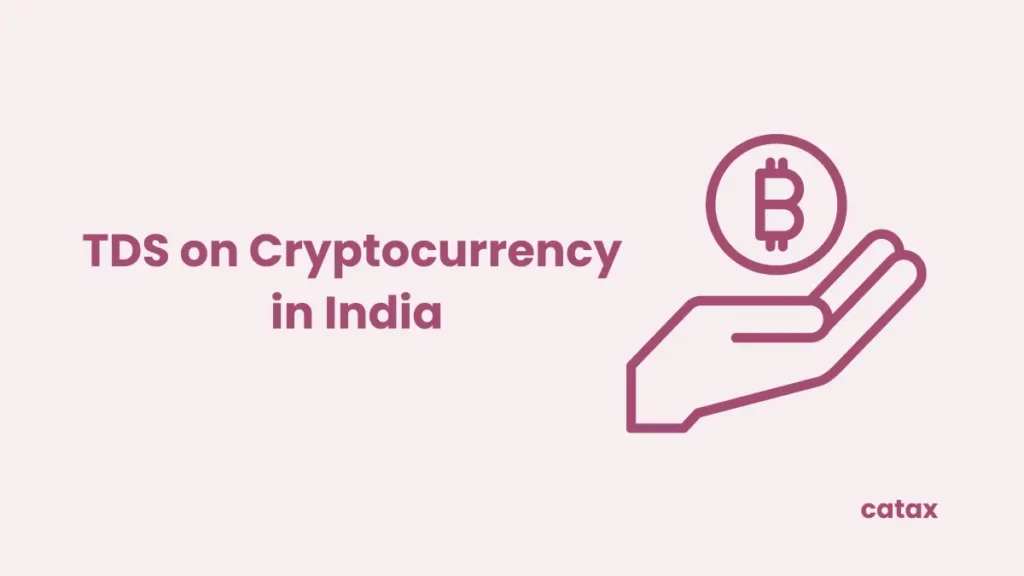Central bank digital currencies (CBDCs) are a type of digital currency that is issued by the central bank of a given nation. With the exception that their value is fixed by the central bank and is equal to the country’s fiat currency, they are comparable to cryptocurrencies. Central Bank Digital Currency (CBDC) refers to a monetary authority or central bank-issued digital version of a nation’s fiat currency. Several nations are developing CBDCs, which are managed and usually built on a permission or controlled blockchain, as opposed to decentralized cryptocurrencies like Bitcoin or Ethereum which operate on blockchain technology. A few nations have even implemented them. Because so many nations are investigating methods to transition to digital currencies, it is critical to comprehend what they are and their societal implications. In this blog, we will get a detailed overview of CBDCs.
What are Central Bank Digital Currencies?
Fiat currency, issued by the government, doesn’t rely on physical commodities like gold or silver. Instead, it’s legal tender, accepted for buying and selling goods and services. In the past, fiat currency was in the form of banknotes and coins. However with technological advancements, financial institutions and governments now use digital systems to record balances and transactions alongside physical currency.
Despite the continued acceptance and trade of physical currency, its usage has declined in some developed nations, with this trend accelerating throughout the pandemic.
Objectives of CBDCs
Firstly, the primary aim of Central Bank Digital Currencies revolves around offering both businesses and consumers a mix of privacy, easy transfer, convenience, broad access, and financial stability. Furthermore, CBDCs could significantly lower the operational costs associated with complex financial systems. They promise to slash cross-border transaction fees, providing a cheaper alternative for those relying on pricey money-transfer services
Moreover, the introduction of CBDCs is poised to mitigate the risks tied to the usage of digital currencies, especially cryptocurrencies. Given their notorious volatility, cryptocurrencies’ value can swing wildly, potentially leading to substantial financial stress for many families and risking the economic balance. By contrast, CBDCs, with the backing of the government and oversight of a central bank, would offer a more trusted digital currency exchange platform for customers, and companies.
Are Cryptocurrencies and CBDCs the same?
While both use blockchain or similar technology for secure transactions, a country’s central bank issues and regulates CBDCs, offering a digital form of the nation’s official currency. This centralized control sharply contrasts with cryptocurrencies, which operate independently of any government or central authority and are decentralized.
Cryptocurrencies, such as Bitcoin, exhibit volatility and speculative nature, whereas CBDCs aim to merge digital technology’s efficiency and security with traditional money’s regulated, stable value. Essentially, while CBDCs utilize some technologies that cryptocurrencies use, their government backing and regulatory framework distinguish them, positioning CBDCs as a digital extension of fiat currency rather than a cryptocurrency form.
Advantages of CBDC
There are various advantages of CBDCs for both the Investor and as well as the government. Advantages for Investors include:
- Stablecoins are tied to the value of a specific fiat currency. This means investors must trust in the stablecoin’s reserves or its algorithmic stability. On the other hand, CBDCs stand as the central bank’s responsibility. As a result, they come with assured reserves.
- It could make payments quicker and more efficient compared to old payment ways.
- It could lower the fees linked to old payment methods.
- It could simplify international payments and make it easier to invest in different currencies.
- It could boost the widespread use of new technologies such as smart contracts and decentralized finance.
- It could make it easier for people who usually can’t use traditional financial services, like those in remote places or without ID, to access finance. This group is often referred to as the unbanked.
Advantages for Governments include:
- It offers more clarity for governments, making it easier for authorities to track and fight against illegal activities, such as money laundering.
- It could allow central banks to gain a share of the market and compete with the growing popularity of private digital tokens, which often operate beyond financial rules.
- It could assist central banks in maintaining and enhancing the status of their fiat currency globally. For instance, with the US Dollar being the most used currency worldwide, a USD CBDC might help sustain and reinforce its position.
- It could create a direct link between consumers and central banks. This removes the need for middlemen like commercial banks.
- In theory, governments could set up CBDC branches to help low-income families with better financial aid and services. However, whether they would really do this is a completely different question.
Risks associated with CBDC
Additionally, CBDCs present many challenges for investors and governments. Some of them are mentioned below:
- CBDCs raise privacy issues for investors. Governments and central banks could track and watch your financial dealings much more closely.
- In addition to concerns regarding privacy and surveillance, certain research organizations warned that CBDCs may result in excessive modifications to the taxation system.
- Careless implementation and maintenance of CBDCs using industry-leading security practices could expose them to cyber threats. A successful cyberattack could throw entire populations into financial instability.
- CBDCs have the potential to replace financial brokers. The potential for substantial financial impacts renders this a pro and a con as it can impact the economy significantly.
- Although CBDCs have the potential to enhance accessibility for the unbanked population, they also carry the risk of excluding individuals who lack the necessary infrastructure or technology to utilize them, or who are unable to furnish enough know-your-customer (KYC) identification.
- If developers do not properly develop the underlying infrastructure, it exposes CBDCs to technical and operational risks.
Types Of CBDCs
There are two kinds of CBDCs: wholesale and retail. Wholesale CBDCs are mainly used by financial institutions, while retail CBDCs are for consumers and businesses.
Retail CBDCs
The government supports Retail CBDCs as digital currencies for use by consumers and businesses. They remove the risk of intermediaries, meaning there’s no worry about private digital currency issuers going bankrupt and losing customer assets.
Retail CBDCs come in two forms, each with a unique way for users to handle their currency.
- Token-based retail CBDCs can be accessed using private or public keys, or sometimes both. This setup lets users make transactions without revealing their identity.
- Account-based retail CBDCs on the other hand, need digital ID for account access.
Wholesale CBDCs
Wholesale CBDCs work like having reserves at a central bank. The central bank gives an institution an account to either deposit money or settle transactions between banks. Then, the central bank can use tools like reserve requirements or interest on reserves to impact lending and determine interest rates.
Bottom Line
Eleven nations have already adopted central bank digital currencies (CBDCs), which are in development in a number of countries. The primary objective of a CBDC is to ensure financial security, privacy, transferability, convenience, and accessibility for both enterprises and consumers. A CBDC would enable individuals who lack access to bank accounts to receive payments, store their funds, and settle their financial obligations. CBDCs may also reduce the maintenance requirements of a complex financial system, the costs of international transactions, and the fees charged to users of alternative money transmission methods.
About Catax
Catax significantly contributes to the simplification and management of cryptocurrency taxation. Thanks to their vast understanding of tax regulations across the globe, they offer tailored tax solutions. With a focus on data security and client education, Catax distinguishes itself through the integration of cutting-edge technology and unique services. Catax provides transparency and assistance to individuals seeking to address crypto tax concerns. Thereby ending the burden caused by tax obligations.
Catax helps with the automation of taxation, documentation, and accounting. They provide accurate tax information that facilitates the reduction of tax burdens. This enables companies and investors to focus on their core skills while holding tax compliance and objectives.
Explore:
FAQs on Central Bank Digital Currencies
A CBDC is a digital form of a country’s fiat currency, issued and controlled by the central bank, designed to enhance traditional money.
Unlike decentralized cryptocurrencies like Bitcoin, a nation’s central bank centralizes, regulates CBDCs, and aims to provide a stable digital currency option.
CBDCs aim to enhance financial stability, reduce operational costs in financial systems, lower transaction fees, mitigate cryptocurrency risks, and ensure broad access and ease.
For investors, CBDCs offer stability, lower fees, efficiency in payments, and access to financial services. For governments, they provide a clear financial brief, competition with private tokens, and a direct customer link.
Potential risks include privacy concerns, cybersecurity threats, impacts on financial brokers, exclusion of individuals without digital access, and technical challenges.
CBDCs can be wholesale (for financial companies) or retail (for customers and companies). Token-based retail CBDCs allow anonymous transactions, while account-based ones require digital ID for access.
Catax offers tailored tax solutions, eases taxation documentation and accounting, and provides expert advice to reduce tax burdens, focusing on data security and client education in the crypto tax domain.



